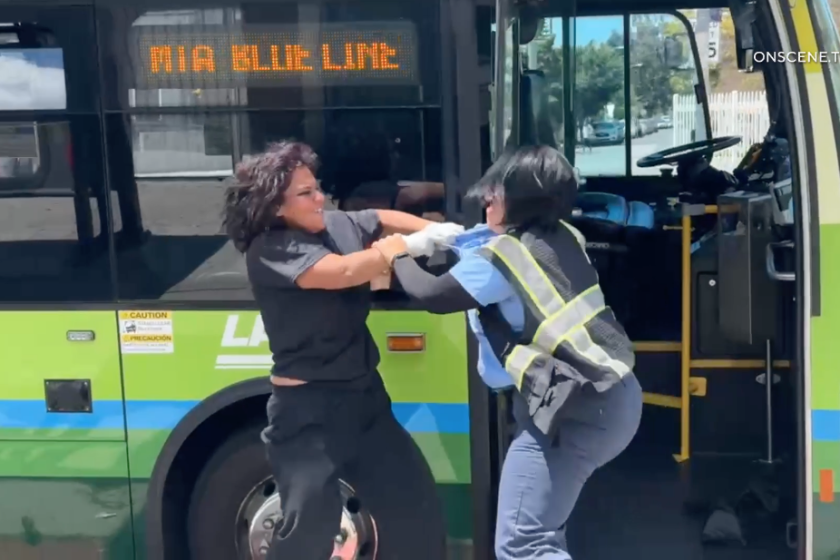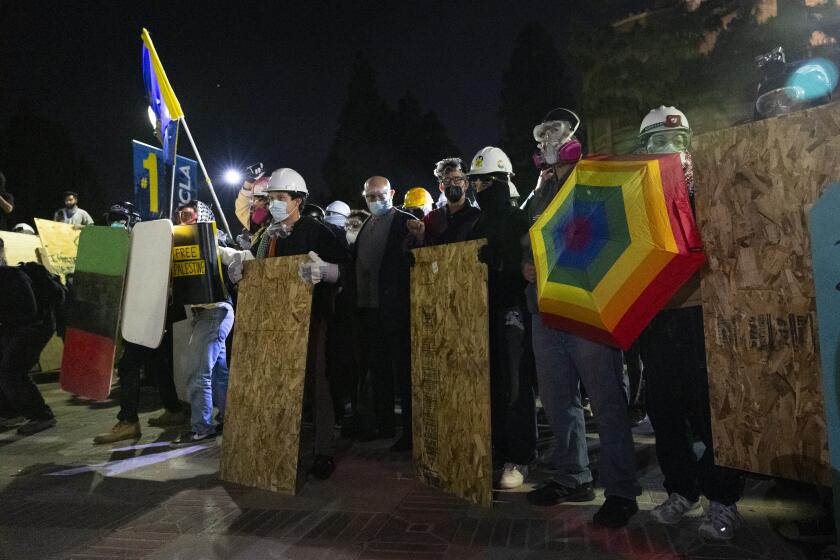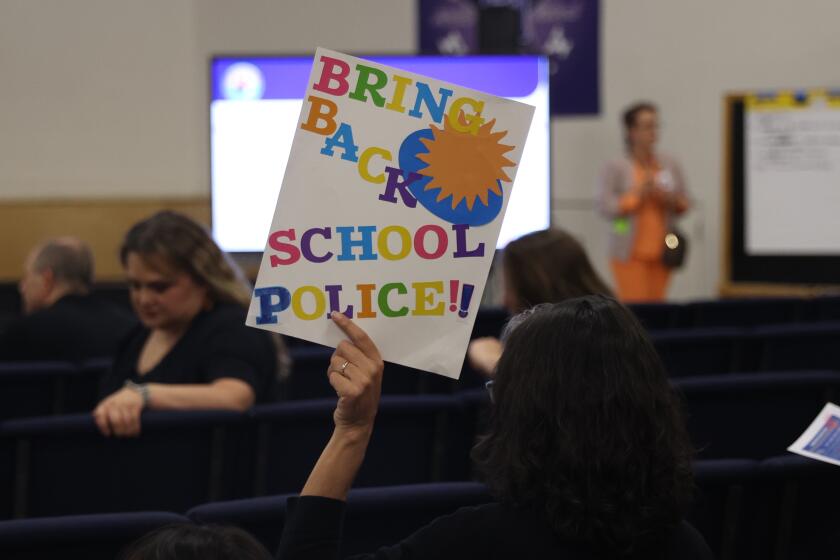911 Revamp Past Due
Even if one disagrees with the goals of San Fernando Valley secession backers, it’s easy to understand their feeling that the region gets less than its fair share from City Hall. Consider, for instance, the promises made in 1992 when Los Angeles voters passed a $235-million bond issue to revamp the city’s overburdened emergency communications system. Six years later, the two modern dispatch centers that were to be the centerpieces of the overhaul remain unbuilt and half of the money raised by the bonds remains unspent. Although they have agreed on a downtown location for one of the centers, city officials are still haggling over where to build a facility promised for the Valley.
The City Council in 1996 approved a site in West Hills to build an $18-million facility capable of withstanding a magnitude 8.3 earthquake. After spending $1 million buying land at Roscoe Boulevard and Fallbrook Avenue, city officials got sidetracked by former Councilman Richard Alarcon’s suggestion that the dispatch center be included in the Anthony Building in Sun Valley. True, the location could save money because the city is considering putting other police offices in the building. But further delays only deepen the suspicion that the wishes of Valley voters rank low on City Hall’s priority list.
At its worst, the city’s 911 system was in shambles. In 1995, for instance, nearly one-third of calls to the system went unanswered for at least 10 seconds, and more than 325,000 calls were abandoned. But there have been improvements. Computers have been upgraded, the Los Angeles Police Department distributed 7,500 new radios to officers and a backup phone system was installed for emergencies. For the first nine months of this year, about 92,000--or 6.4%--of calls to 911--went unanswered and about 76,000 more waited at least 20 seconds before they were answered. Things are getting better, but they are still far from perfect.
City Hall being the kind of place it is, some bureaucrats actually boasted that the years of delay have in fact saved the city money because new technology seems to get cheaper by the month. However true that may be, residents of the Valley and other parts of the city have waited six years and may have to wait years more to get everything they paid for. That a modern emergency system may come cheaper when it finally does arrive will be small comfort to those who need it now.
More to Read
Start your day right
Sign up for Essential California for news, features and recommendations from the L.A. Times and beyond in your inbox six days a week.
You may occasionally receive promotional content from the Los Angeles Times.






